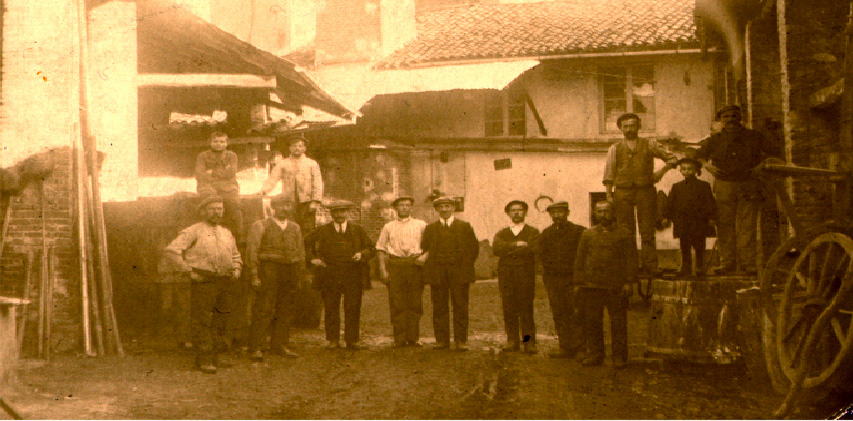
Novarina S.r.l. has been producing tartaric salts for more than a century.
Tartaric salts are derived from the incrustations that wine leaves in the various barrels and tanks where the alcoholic fermentation process takes place. These incrustations (named argol) are formed of potassium bitartrate and calcium tartrate with a small amount of other impurities (tannates, polyphenols etc). Mixing these with acids or bases, you can obtain the various tartaric acid salts, ie. Rochelle Salt, sodium tartrate etc.
Up until a few years ago, tartaric salts formed in this manner where nominated Natural to distinguish them from those salts of a synthetic origin (like those derived from oil) for example Racemates. This distinction was not only theoretical but mirrored the effective difference in the disposition of the atoms in the space and the shape of the crystals. (this can be easily distinguished with polarimetric analysis).
Salts with a synthetic origin (those that have names preceded by DL or the +/- symbol) are by European law not to be used in foodstuffs and pharmaceutical products (USP, BP etc), this means that salts of a natural origin have to be used. From the end of 1990, there has been present on the market synthetic tartaric salts that seem identical to those from a natural origin, even down to the position of the atoms in the space, and these are also called Natural even if they are derived from oil by means of a syntetic fermentation process.

The Law in some countries imposes that wine technologies use acid and tartaric salts that are indeed wine based. (in fact, the two salts are both nominated natural: one obtained by fermentation and the other natural wine based, even if the chemical differences between the two is more difficult to verify.
Novarina S.r.l. guarantees that all its tartrates are manufactured from wine by-products,
Always make a point of asking your supplier if the tartaric salts that you are about to purchase are from wine origins or not…